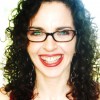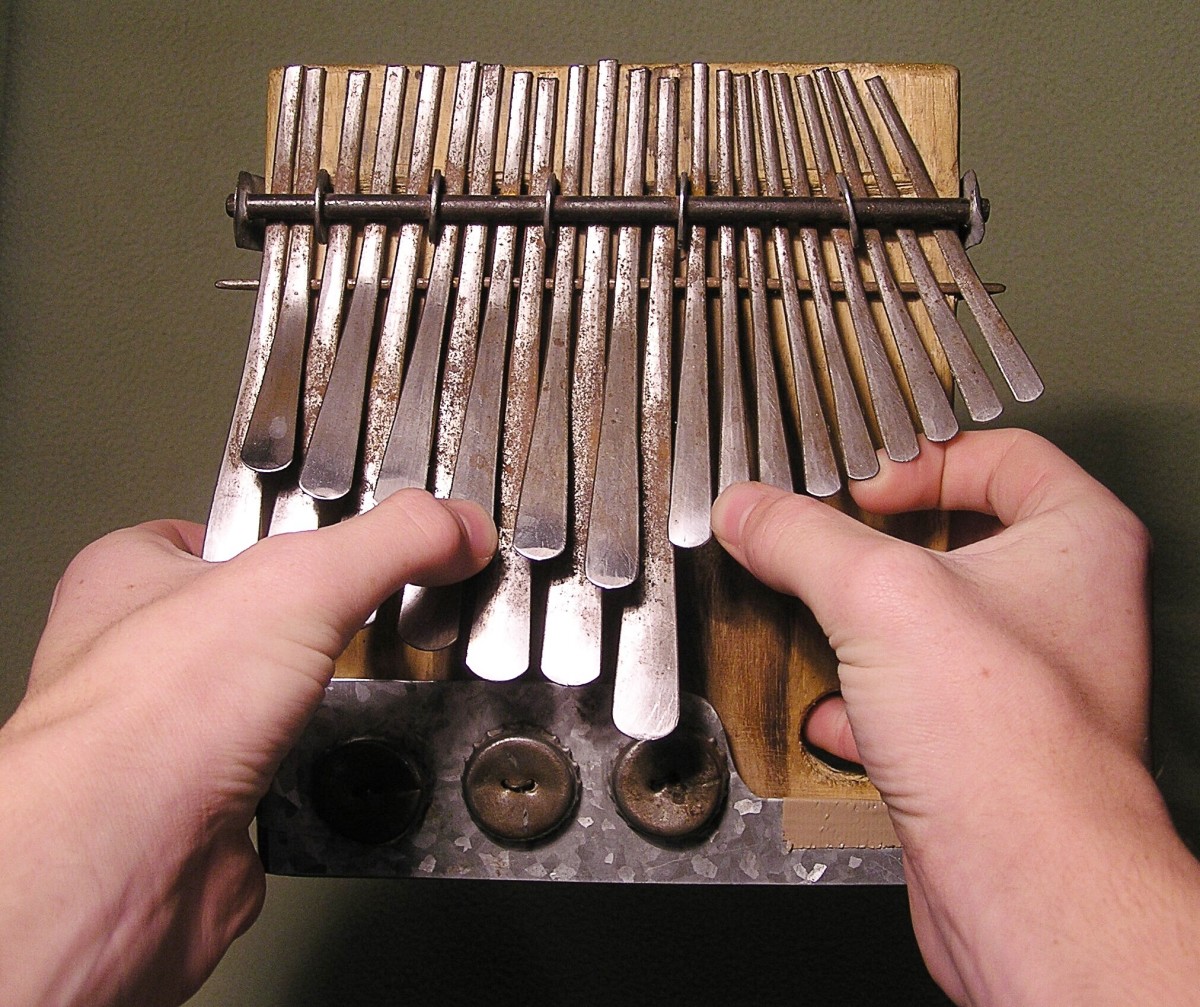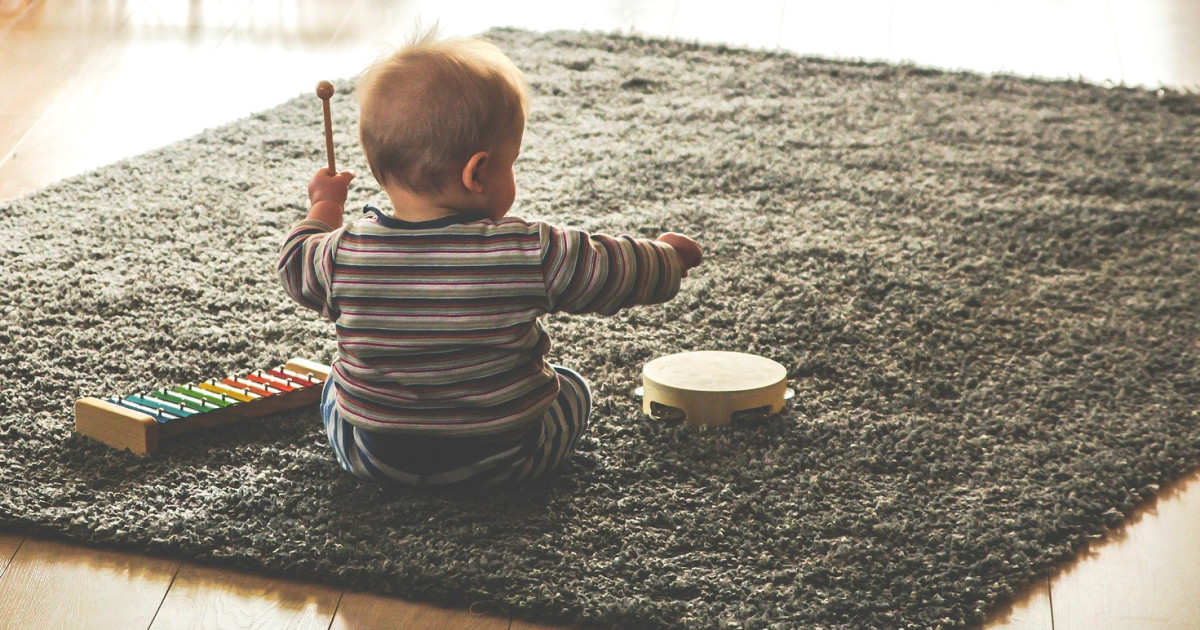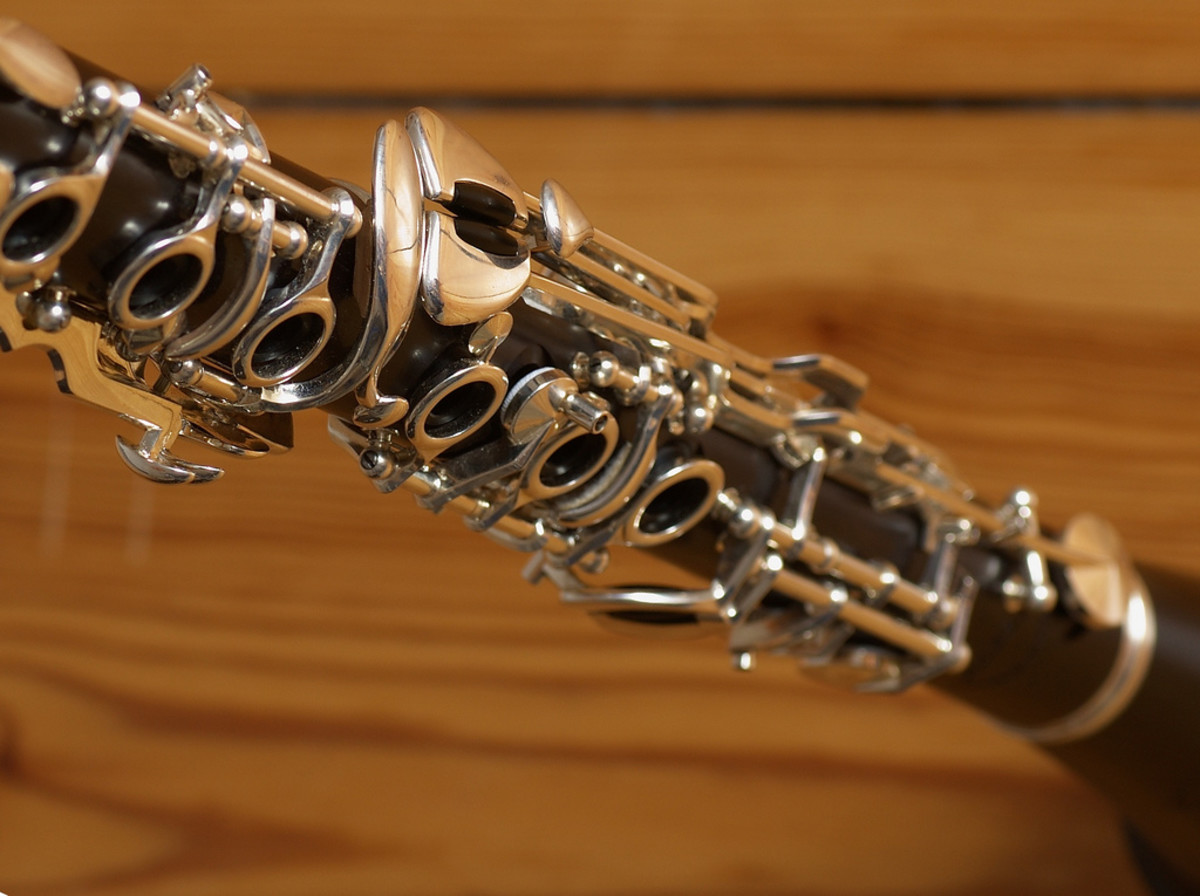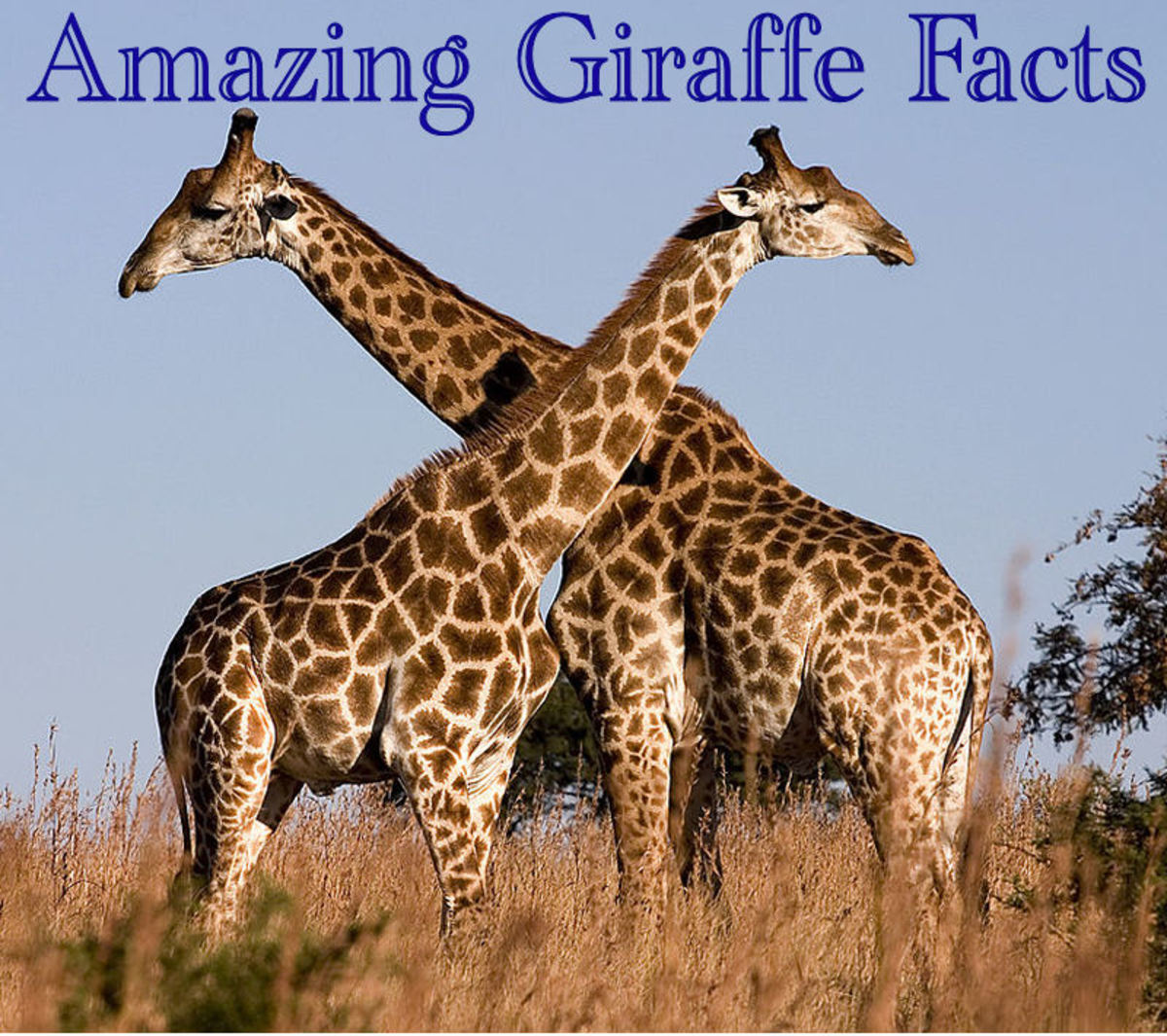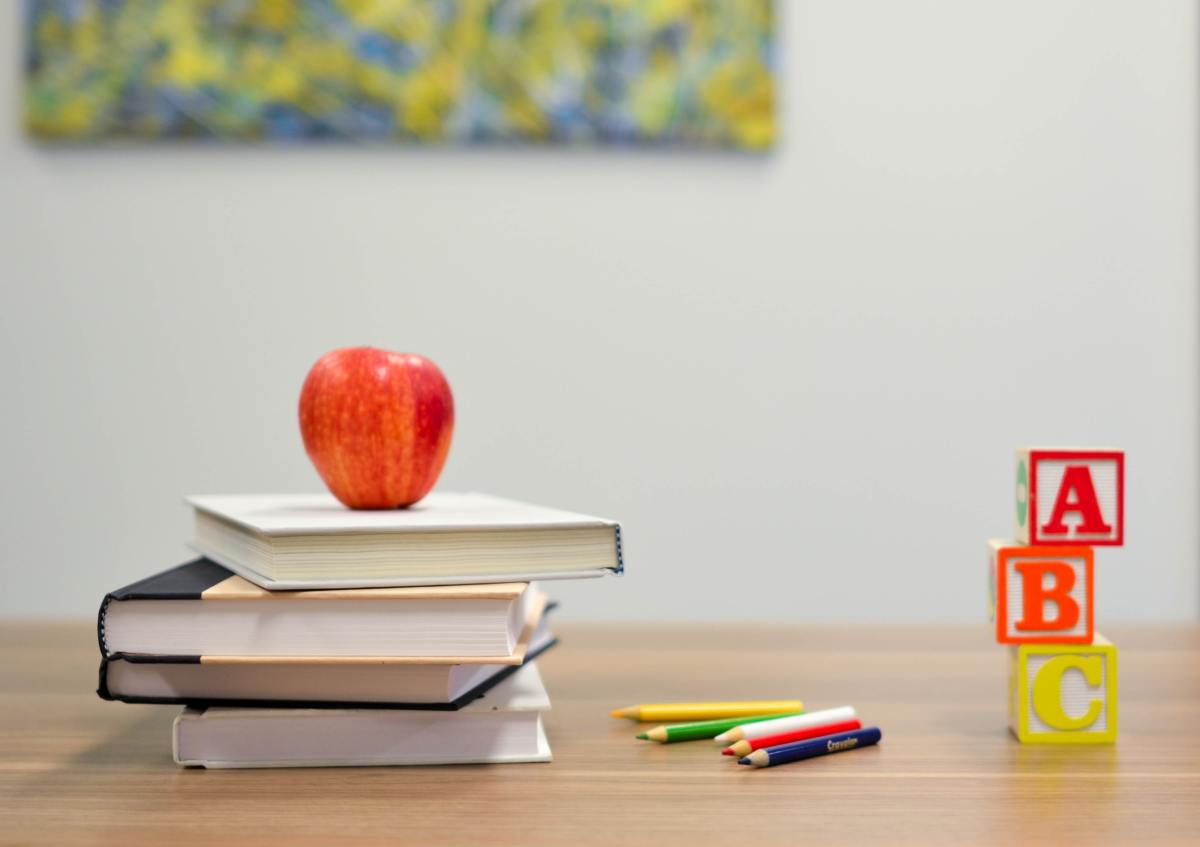Should I Buy or Rent a Musical Instrument? Benefits of Playing a Musical Instrument

The decision to buy or rent an instrument can be a difficult one; for many parents the choice represents uncharted waters with their oldest child but will become easier with subsequent children. Many grade schools offer music programs since the study of music is reported to be highly beneficial for both music appreciation and academic performance as well. Learning to play a musical instrument builds confidence, teaches discipline and can provide pleasure for those who pursue it. On the other hand, over time, many children lose interest in playing an instrument. While schools offer lessons in playing musical instruments, they most often don’t provide the instruments themselves. This leaves parents with the decision of whether to rent an instrument or to buy one.
As the parent of a large family, I have explored this topic with multiple children and I want to share with you what I have found to be the best way to obtain a musical instrument
Playing Music is like a Brain Workout
First, it is important to explore the benefits of playing a musical instrument. Educators and musicians alike have linked the academic crossover benefits of playing an instrument into other academic pursuits. Although this connection is accepted by educators, studies have tried to better understand it. One recent study discovered that when the brain has experience in deciphering different notes, which takes place when we play a musical instrument, the skill crosses over into identifying the sounds of language. These heightened language skills are then applied to reading and listening. In other words, the brain fine tunes these skills through music and then applies them to other areas, including language. The brain is thereby learning a skill and applying it in multiple ways.
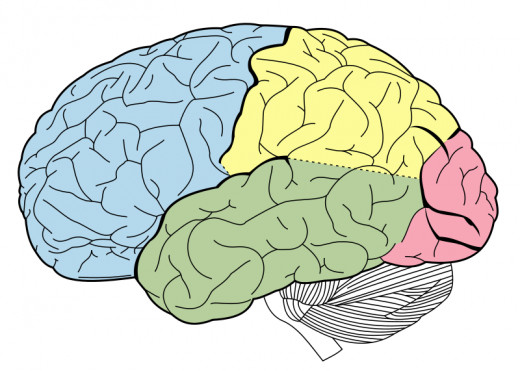
Playing music is therapeutic; it can calm us. Music reaches us in a unique way, a deep spiritual way. Children can benefit from this connection on many levels. Playing music can reduce stress, it is a kind of meditation that can slow breathing and allow us to focus even with distraction. This practice in concentration and focus can be applied to other aspects of life as well.
Music Appreciation, Discipline, Confidence:
Children who play a musical instrument can develop a deeper connection better understanding and appreciation of music in general.
Playing music also teaches discipline and sacrifice, children will need to practice regularly to improve their skills. In a book entitled “Outliers: The Story of Success,“ author Malcom Gladwell observed that it was simply the volume of practice that separated the “virtuosos” from musicians of average ability. The music students who practiced for more hours over their years of study, were always considered the most talented or “the best.”
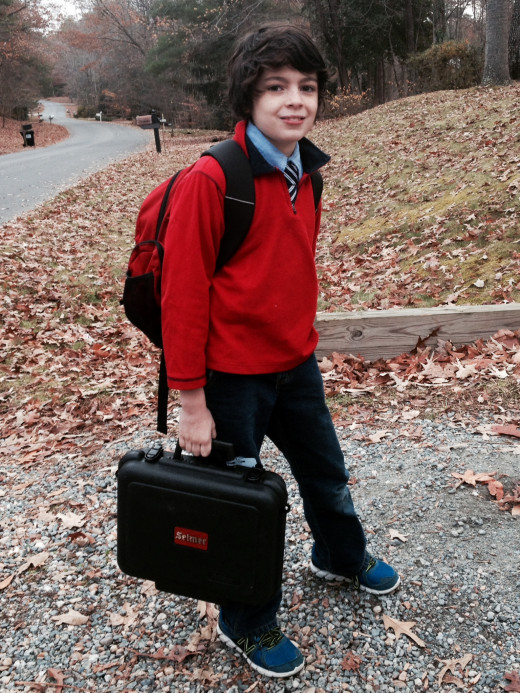
Children gain confidence in their ability, based on practice, which improves their skills with their instrument. With performance being one motivator, students work toward learning new songs and improving their proficiency. This instills ever growing confidence and the anticipation of preforming for family, friends, students and teachers.
Downsides of playing a musical instrument
While there are a multitude of upsides, in all fairness we will now explore some of the cons to playing a musical instrument. Not long after they begin, Many students loose interest in playing an instrument. Sometimes they realize that they have chosen an instrument that they don’t’ like, or that they would rather not be playing an instrument at all. This can cause discord and tension between the music students and the parent.
Parents can find it challenging when it comes to getting their children to practice and also to practice for the full amount of time that is suggested. The suggested time for practicing an instrument is typically 20 minutes a day, 5 days a week.
One of my sons began playing a cello and decided that having to press on the strings irritated his fingers, after a year he switched to playing a flute and is much happier. The flute is also a lot smaller, less cumbersome, and easier to carry back and forth to school. Two of my children began playing the violin and later switched to the piano. Playing the violin properly requires standing and holding the violin in a prescribed and very specific way, which can be difficult for a younger student. Three of my children now play piano and thoroughly enjoy it. Although piano is not typically an instrument that a student would play at school, the point is to try a different instrument if it is possible. One of my sons plays both the piano and the clarinet and enjoys both. There are so many instruments to choose from that there is likely something for everyone.
There can be a hidden expense if you choose private lessons. Some music students would benefit from private lessons in addition to their school instruction and practices. The one-on-one time is invaluable when it comes to building skills, developing good habits and challenging the young musician to learn more and improve.
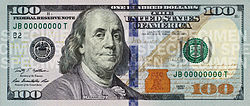
Costs- Buying is most often cheaper than renting
Buying an instrument can be far more cost effective than renting one, however, many schools recommend renting an instrument and will suggest either renting from a local music store or online. This is likely because many parents feel that renting an instrument is less of a commitment than purchasing one, but this fear of commitment comes at a high price. With a little research and time spent, good instruments can be located.
Here are some figures comparing the cost of renting an instrument to the cost of buying one:
Approximate cost of renting for one school year (10 months) $350
Approximate cost of purchasing a quality, used instrument $180; and if the student uses the instrument for 3 years the yearly cost goes down to $60 a year.
I learned the hard way, that in the long run, renting wasn’t worth it. With my daughter and oldest child, I rented a used violin, for approximately $30 per month and after three years it was paid in full at a tune of over $1000. Since this instrument was used, I could have probably purchased it in the $100 - $200 dollar range.
Instead of continuing to rent an instrument for years and getting taken advantage of the way I did, I recommend either renting for a short period of time and then buying a good used instrument, or if you are highly certain that your child will stick with their instrument, then not renting at all and instead purchasing a quality used instrument.

How to find a good used instrument to purchase:
First, ask the school band or orchestra director to recommend brands and models. With the names and models in hand, search the internet. I have purchased used instruments on Amazon and eBay with great success. My children are playing instruments of higher quality than their peers who rent their instruments. There are also websites that are run by former band teachers who use their experience and knowledge to help you purchase the correct instrument for your child. Often times these instruments have been inspected and are of good quality.
There is a range of pricing for every instrument. The better the model and/or condition, the more you will pay of course. Beginning players need good instruments and by that I mean good quality, durable, but not a top of the line virtuoso instrument that might get dropped and damaged.
What about Insurance?
The possibility of damage to an instrument is another consideration. Rental plans usually include insurance, which covers repairs and this might give parents some level of comfort in knowing that the repairs are covered, although in most cases this “comfort” doesn’t typically make the rental deal a good one in terms of dollars and cents.
Learning to play an instrument is a privilege and a pleasure for all involved, and although this commitment comes with both a monetary cost as well as hours, weeks and months of work, the benefits can be profound, in part because music connects to us on a deep level. Although only some music students go on to play professionally, the lessons and benefits of learning to play a musical instrument are far reaching and lifelong.
© 2014 Tracy Lynn Conway
